About Spine
The spine is a complex and vital structure. Seek medical attention from a qualified healthcare professional if you are experiencing symptoms of a spinal disorder or injury.
The spinal column extends from the base of the brain or skull (neck) to the tail-bone, and is comprised of five parts: cervical (neck), thoracic (upper back), lumbar (low back), sacrum (attached to the pelvis), and coccyx (tail-bone).
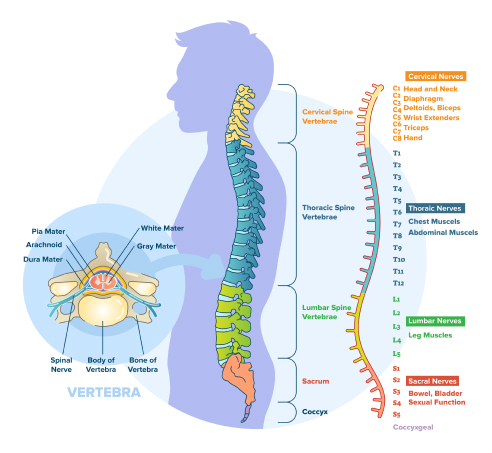
Functions of the Spine
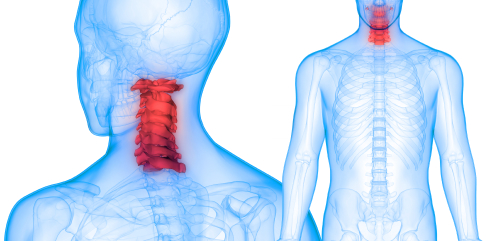
The neck (cervical spine) supports the head, while the back (thoracic or lumbar spine) supports the trunk and upper limbs.
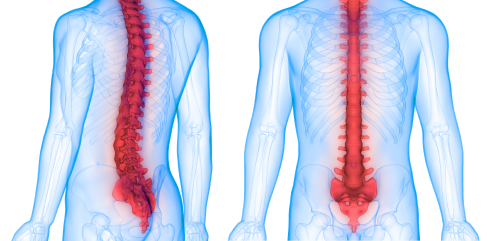
The spinal cord acts as the "highway" and travels downwards, while exiting nerves leave the "highway" via either the right or left exits.
Problems With the Spine
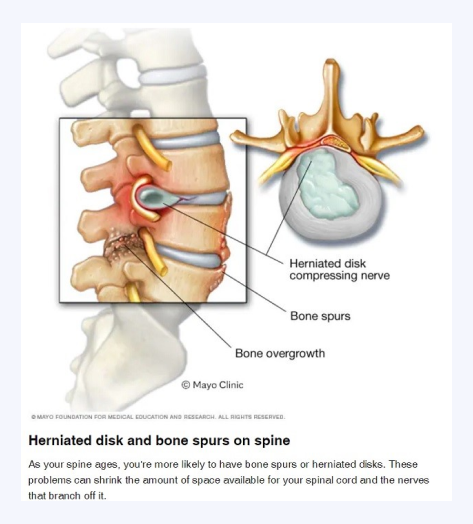
Spinal Instability (Issues)
Spinal instability can result from issues in:
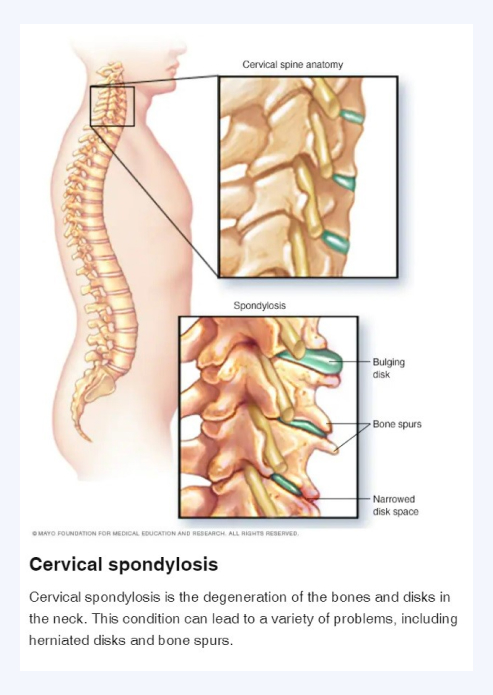
Spinal Stenosis
Spinal stenosis can affect:
Consult With Our Spinal Specialists
A variety of disorders and injuries may affect the spine, which is a complex and vital structure. It is imperative to seek medical attention from a qualified healthcare professional if you are experiencing symptoms of a spinal disorder or injury.
Your spinal condition can be evaluated and treated in the Orthopaedic & Spine department at SJMC. Our team of experienced orthopaedics is dedicated to providing the highest quality care to help you live a pain-free lifestyle.

